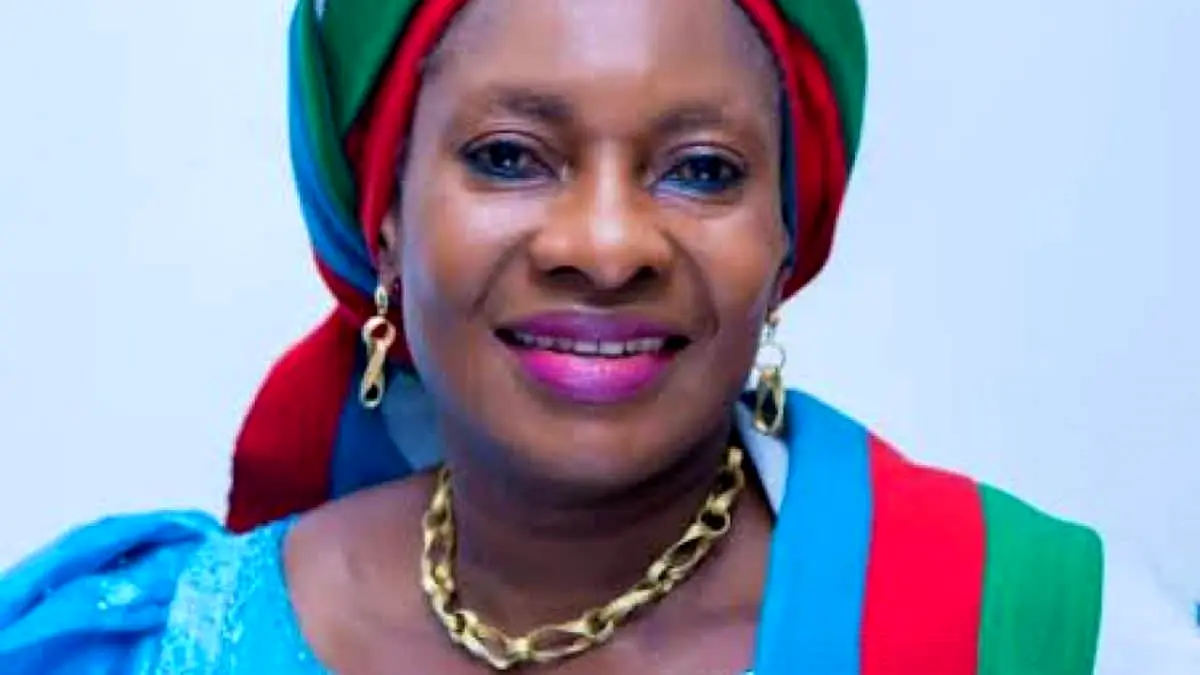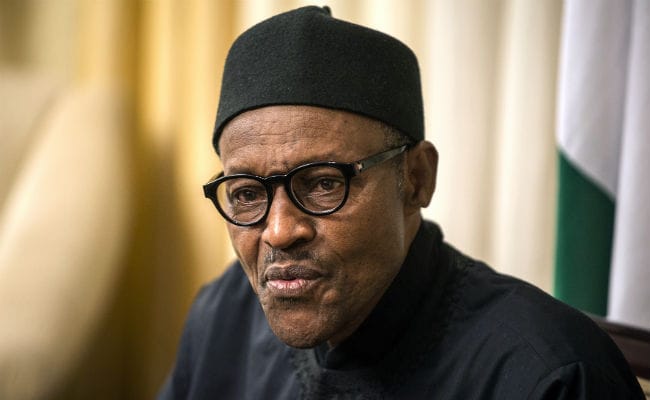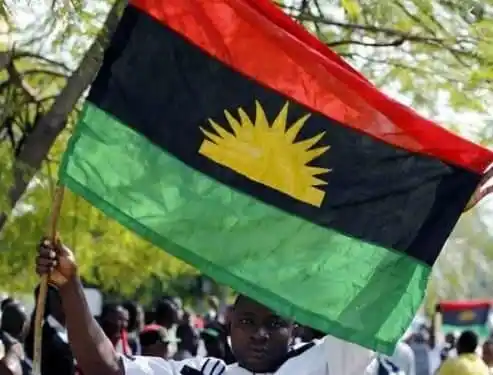Business & Economy
FG Borrowed N1.3tn In Four Years To Subsidize Power Consumers, Firms – World Bank
The Federal Government, FG, has borrowed a total of N1.3tn since 2017 to ensure that generation companies and gas suppliers received enough payments to continue generating electricity, the World Bank has said.
The bank said this in its ‘Resilience through Reforms’ report.
According to the report, the power sector in Nigeria will cost the Federal Government an additional N3.08tn through 2023, if current performance levels and low tariffs persist.
The report said, “To ensure that Gencos and gas suppliers receive enough payments to continue generating electricity, since 2017 the FGN has borrowed a total of N1.3tn ($4.2bn).
“In 2019 total FGN support reached N524bn ($1.7bn), 0.4 per cent of GDP – higher than the N428bn budget for health and just 20 per cent less than the N650bn budgeted for education.”
Even though all the six generation companies, and eleven distribution companies have been privatised, the Federal Government through the Nigerian Bulk Electricity Trading Company buys electricity from the GENCOs and independent power producers before reselling to the Discos, the bank said.
The report noted that the government, through the Nigeria Electricity Regulatory Commission, regulates tariff in the sector rather allow market forces to determine it.
It added that the Transmission Company of Nigeria was still strictly government-owned.
Nigerians pay less than the cost of production for electricity, the report said, adding that this resulted in revenue shortfall.
From 2015 through to 2019, the FG paid N1.68tn as cumulative tariff shortfall, it said, adding that because of foreign exchange depreciation and rising domestic inflation, tariff shortfalls had also been on the rise.
The bank said, “Every Nigerian who receives electricity from a Disco pays less for electricity than the cost of supplying it.
“However, 80 per cent of the spending on tariff shortfalls benefits the richest 40 per cent of the population; only eight per cent benefits the bottom 40 per cent, and of this, less than two per cent benefits the poorest 20 per cent.
“Significant resources spent on funding tariff shortfalls disproportionately benefit the relatively wealthy who have access to the grid and use more electricity so that ultimately, a big chunk of government support goes to those who do not really need help with paying bills.”
The report said that 43 per cent of the population i.e. 85 million people lacked access to grid electricity, making Nigeria the nation with the world’s largest energy access deficit.
Access to grid electricity for the nation’s poorest (about 40 per cent of total population) is 31 per cent, it said.
According to the report, there are over 22 million gasoline generators that power about 26 per cent of all households and 30 per cent of Micro, Small and Medium Enterprises in the nation.
The report said the generating sets generated eight times more electricity than the national grid.
The World Bank said inhalation of smoke from the sets was linked to about 1,500 deaths annually.
According to the report, in 2018, Nigerians spent about N3.7tn on the purchase and operation of the generating sets.
Every year, Nigeria loses between N7tn and N10tn annually to unreliable electricity supply, the report said, adding that this was about five to seven per cent of the Gross Domestic Product of the nation.
It said Nigeria had about 12,500 MW of installed capacity, dominated by natural gas, 88 per cent, with hydro making up the rest.
In 2020, over 51 per cent of this capacity was not available due to maintenance and repair work, it said.
Of the 6,158 MW that was available, an average of just 4,087 MW was available for generation, because of both insufficient gas supply, transmission and distribution constraints, and the inability of DISCOs to purchase power, it added.




